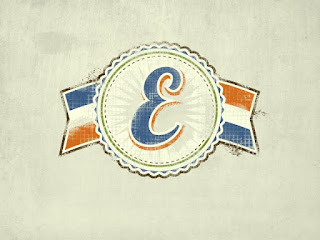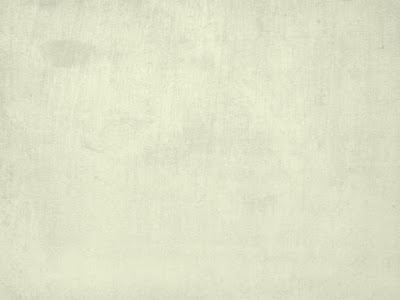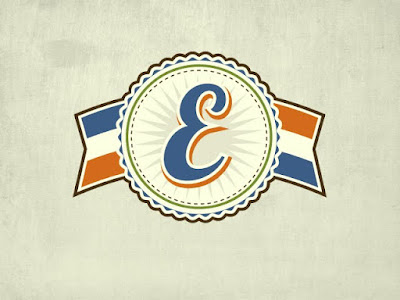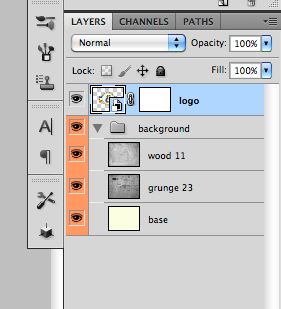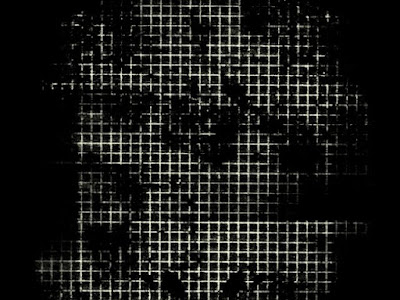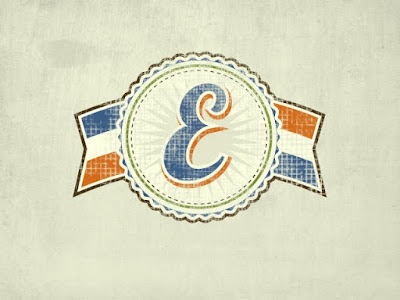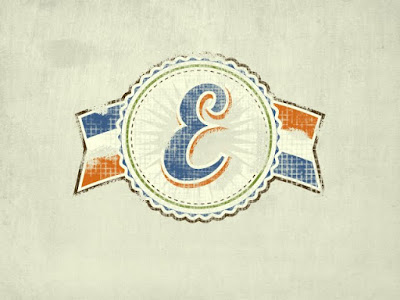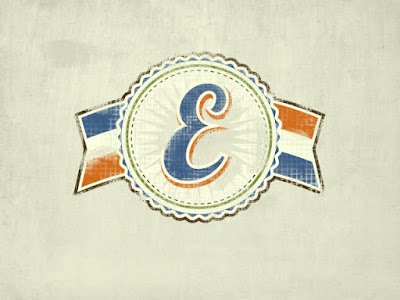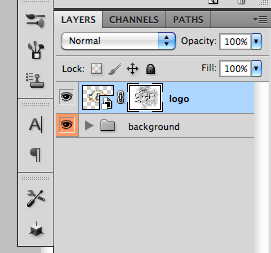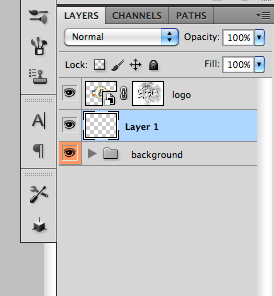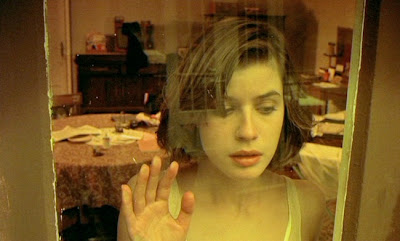
Thanks to our friend Erica at RoyalQuietDeluxe for this:
I met Dr. Hila Shachar when I started blogging in 2008. To me she represents so much of what I find in the bloggers I love -- like Porter and Hollister Hovey, like Vic or the ugly earring -- a relentless curiosity. As I've followed her career, I've been interested in how she channels this restless aesthetic into her work.
RQD: What are you working on? What interests you about these characters?
Hila Shachar: My fictional book has been sidelined in the past year as I’ve been working on a separate, academic book I have under contract with Palgrave Macmillan. I’m close to finishing this book, which will be published next year. It’s called Cultural Afterlives and Screen Adaptations of Classic Literature: Wuthering Heights and Company. I basically examine various screen adaptations of well-known novels, from the 1930s to the present times. I find this topic fascinating because I’ve always been interested in those narratives that we choose to tell again and again, in different media.
RQD: What art or artists have you been thinking about?
HS: I’ve always been fascinated by Maira Kalman’s and Sophie Calle’s work. There’s something about their perspective that resonates with me. Maybe it’s the way they approach the things we take for granted. I’ve been deeply influenced by directors such as Krzysztof Kieślowski and Jacques Rivette. Their cinema is interrogative and unsettling; it asks questions and seeks to undermine myths. That’s the kind of work I’m interested in. As for music, Kate Bush has influenced me a lot. When I first listened to her album The Kick Inside it was literally like a kick inside. I think it was the first artistic encounter I had with a woman being unconventional. I’d like to create writing that is the equivalent of her music.
RQD: What book, story or poem do you return to over and over?
HS: Emily Brontë’s novel Wuthering Heights, Sylvia Plath’s poem ‘Fever 103°’, Allen Ginsberg’s poem ‘Howl’ and Irving Feldman’s Holocaust poems. Feldman’s poems in particular remind me of both the power and limitations of words. He creates double worlds through his poems, in which language is ineffectual in expressing experience, but is also simultaneously necessary to articulate that which has been lost. I guess you could say that most of the books and poems I return to are quite extreme in a sense. I’m most interested in writing that sinks its teeth into you, I don’t like skimming on the surface of things.
RQD: What are you reading now?
HS: I’m re-reading The History of Love by Nicole Krauss and Ted Hughes’ Birthday Letters. Both hit me so hard the first time I read them, I needed to return to them a second and third time.
RQD: What did you read as a kid? What is its impact on your work now?
HS: I read everything as a kid. Remember Spot the dog? I loved him. I also loved Alice in Wonderland and Peter Pan. But the book that made the biggest impact on me was Wuthering Heights. I didn’t understand much of it as a little girl, and I first read it through a Hebrew translation (I grew up in Israel), but it left a mark on my mind. I think this mark had a lot to do with Cathy. Her rebellious spirit and inability to be pinned down to a single meaning just seemed so right to me. I loved the novel so much that I devoted my PhD to it, and I’m now writing a book on its screen adaptations.
Photo: Still from Kieslowski’s "La Double Vie de Veronique"
 I have nothing original to say today, but these are a few of my favorite things of late online:
I have nothing original to say today, but these are a few of my favorite things of late online:



